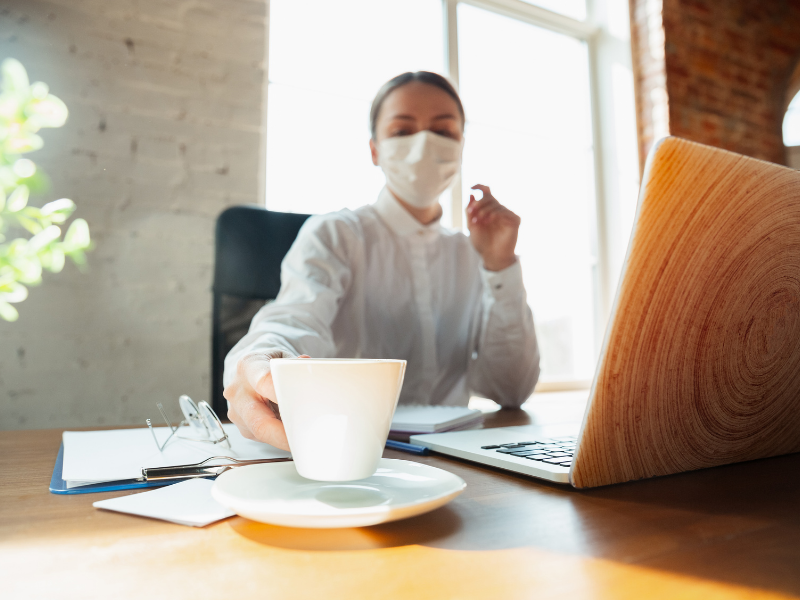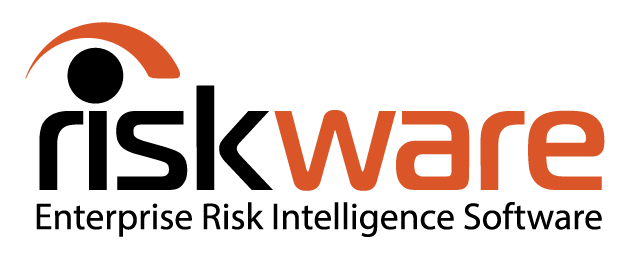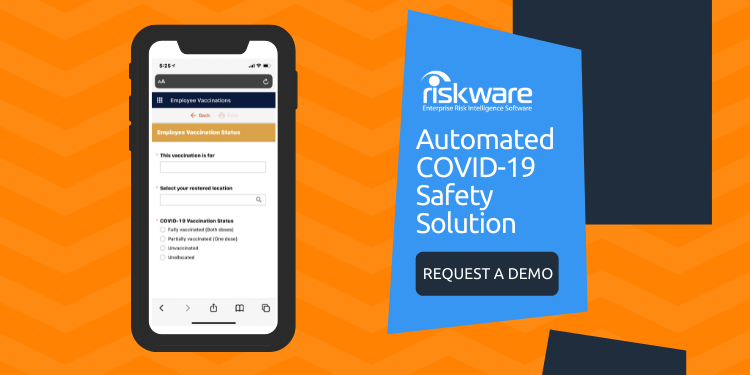COVID-19 has truly thrown everyone's lives for a loop. Globally, managing the impact of the pandemic has come with many, many restrictions, both personally and for essential and non-essential businesses. Now that COVID-19 vaccinations are available and companies are looking to return to their workplace (or have returned already), there are multiple layers to manage. Not only do organisations need to make sure the work environment is safe and up to standards, but now there is also the element of maintaining proper vaccination records. While restrictions do vary depending on state or territory, there are concrete steps you can take to be in a position to welcome your staff back safely.

To get into the right mindset, let's discuss what a COVID-safe work environment looks like. Again the exact conditions depend on your industry as well as state or territory. That said, in general, a COVID-safe workplace is one which has identified and assessed potential risks of contracting or spreading COVID-19 as well as being non-compliant to regulations — and has put control measures in place to mitigate those risks. A recent example is how companies in industries like construction and health care are required to have record of their employees' COVID-19 vaccination record. To eliminate the risk of non-compliance, companies are collecting these details.
The truth is that while identifying, assessing and controlling for potential risks is a formula for companies to follow, with all the ever-changing restrictions, rules and roadmaps, any company is bound to be overwhelmed. Luckily, there are tangible actions companies can take to return to work safely and seamlessly.
Assign roles and responsibilities
Returning to work safely doesn’t fall on the shoulders of any one person. Rather, it is the responsibility of leadership and those in human resources, compliance, health and safety and law. Before decisions or plans are made, it should be clear as to who is overseeing and handling what. Four areas need to be covered:
- Legal & compliance: To make sure your company is staying compliant to regulations and conducting all processes legally
- Health & safety: To identify and assess potential risks in the workplace and put control measures in place
- Human resources: To manage all records and communications to staff
- Admin/IT: To ensure information is tracked properly and securely
Of course the distribution of responsibilities will depend on the size of the company, but even if you're a small business, doing this will ensure all bases are covered.
Understand compliance obligations
Employers are responsible for protecting the health and safety of their employees as much as is reasonably possible. This means that any direction provided by employers is okay as it is considered "lawful and reasonable". That said, some industries have stricter requirements than others, so organisations need to be well-versed in their compliance obligations.
Understanding compliance obligations also refers to considering any applicable awards or contract agreements so reviewing these terms and consideration is a must as well. As for where to start, Safe Work Australia can direct you to the appropriate resources for your state or territory.
Create a COVID-safe plan
With responsibilities delegated and an understanding of compliance obligations, your company should be ready to create a COVID-safe plan. This plan should detail what you as an employer are doing to keep people safe as well as what is required of your employees to do the same. It should be very clear as to what is optional for your staff. If people are still able to work from home, for instance, that should be in the plan. As restrictions are constantly changing, it probably goes without saying that this plan should be regularly reviewed and updated as needed.
Communicate openly
Circumstances the last couple of years have created a lot of anxiety and uncertainty, meaning some employees may have concerns you’ll want to address. This is why maintaining open communication is so important — so that your employees are encouraged to speak up and you are ready to listen. With your COVID-safe plan in place, take the time to walk your employees through it and discuss any concerns. Your people are the core of your organisation, so informing them of what is being done to keep them safe and being clear as to what is required of them is crucial. As noted previously, who is doing the communicating is a responsibility that should be determined already.
Have the right tools in place
COVID-19 has created the need for additional control measures as well as constantly changing regulations to keep up with. To manage all the items discussed so far, the right software can be incredibly valuable, enabling you to do everything from managing your compliance library to tracking vaccination statuses, all in one place. It can also empower your employees to get involved in your efforts. Ultimately, adapting to safe work practices is a team effort and software can improve your collaboration and efficiency immensely.
RiskWare's Health & Safety Suite is one example of software that allow you conduct your risk assessments, implement control measures and securely keep vaccination records. If you're interested in a free trial to see how it could support your organisation, get in touch today!











Leave a comment